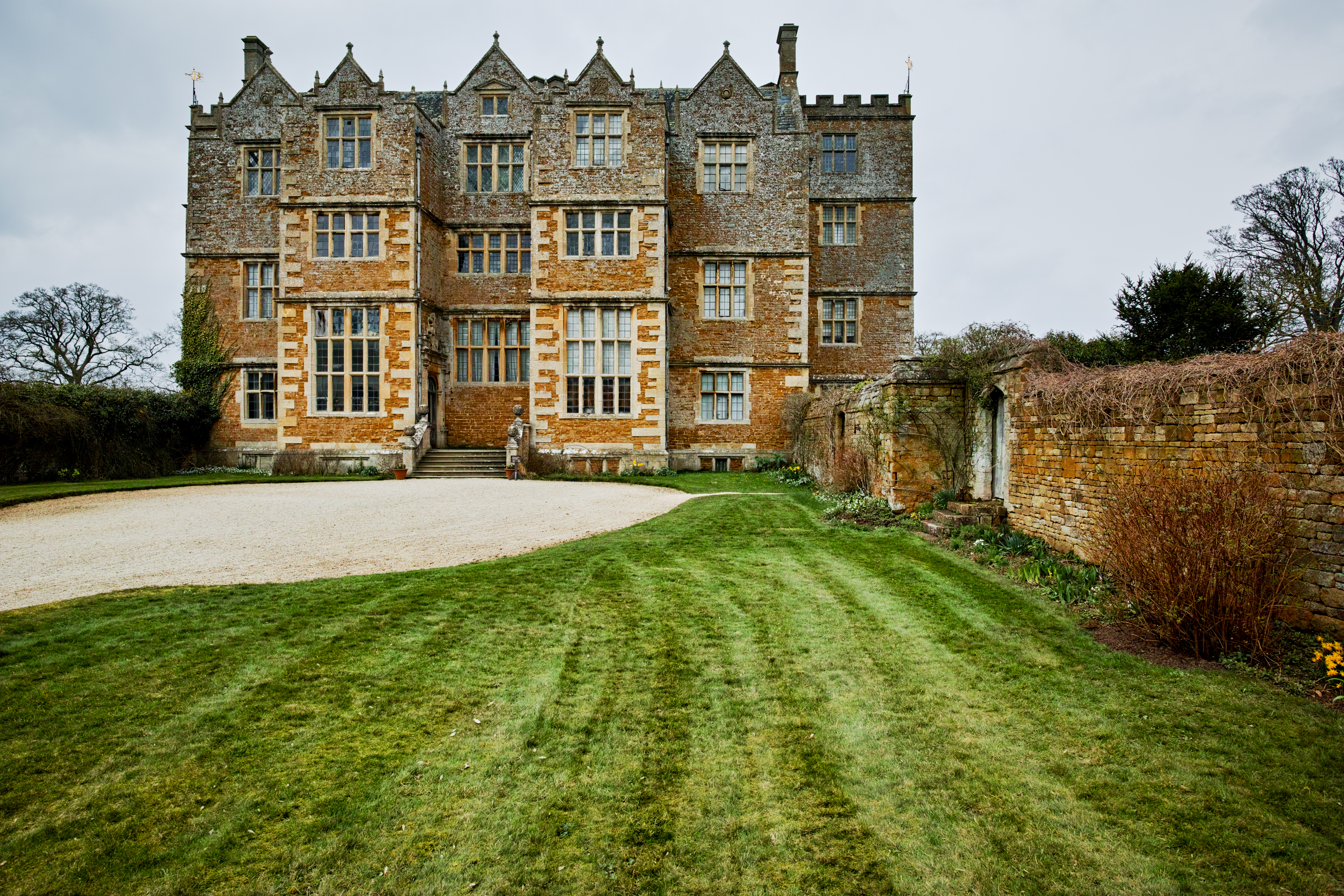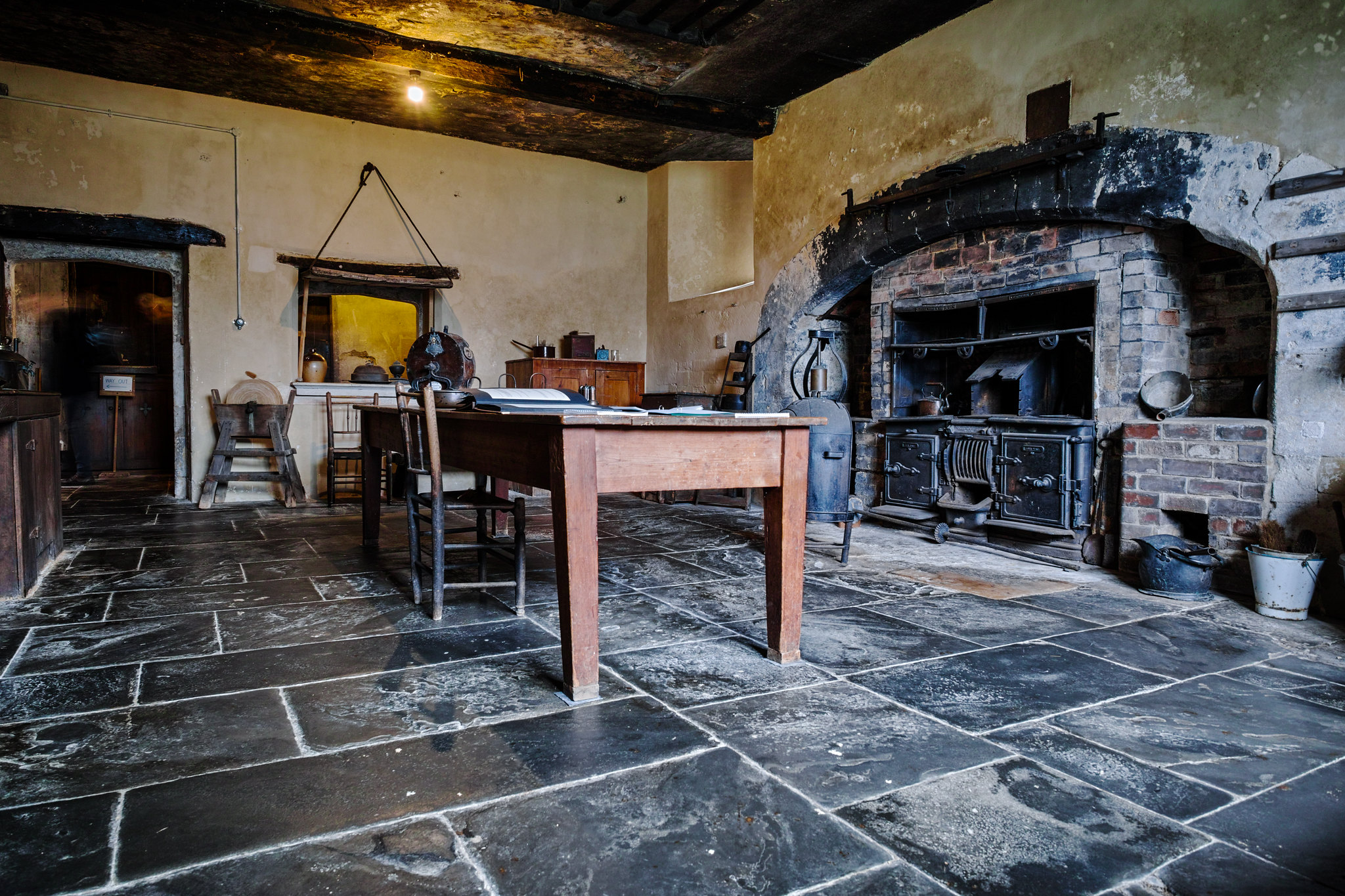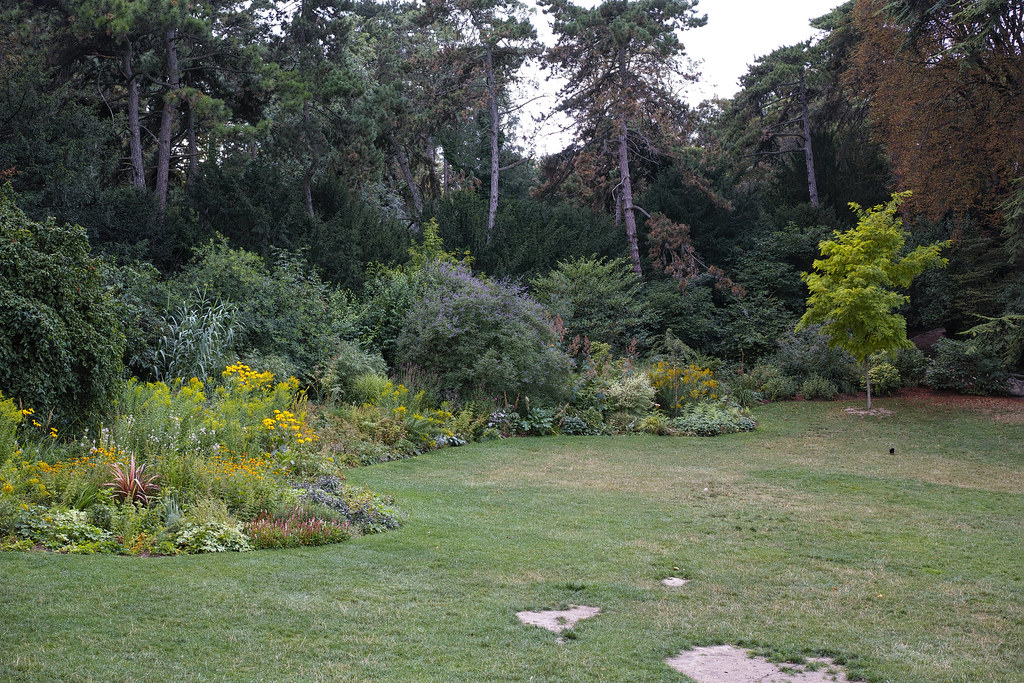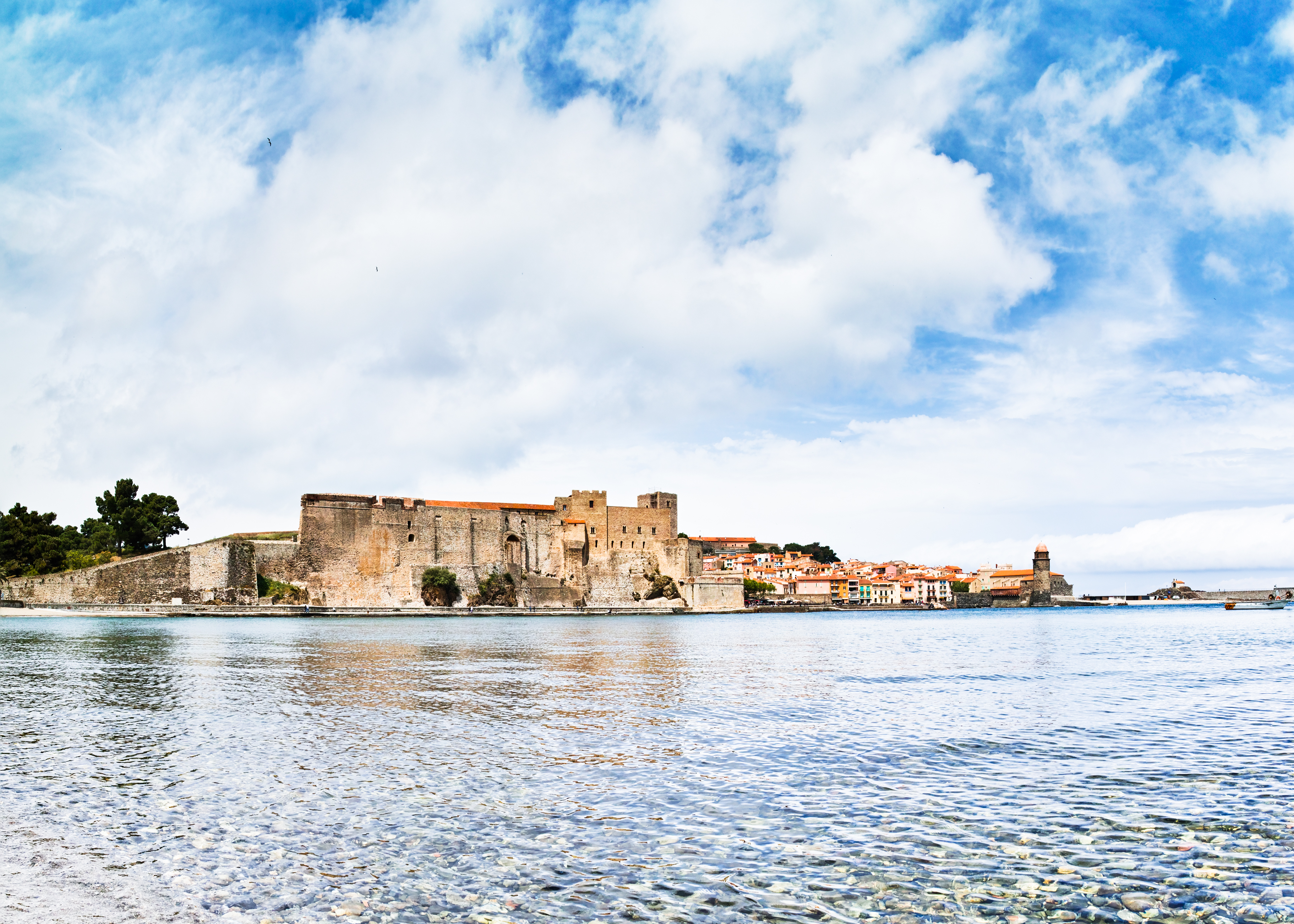tagscuderia
New member
Hi Lee,Hi Tom
Are you able to explain how to correct the cyan cast to produce better blues in Lightroom? Also, how do you profile the camera with DNG?
Lee
I don't use Lightroom and looking at ACR there doesn't appear to be a global hue adjustment, just per channel and that makes it more complex to correct
Regards camera calibration, this link gives you an idea as to what's required... As an enthusiast only, that's way too much trouble for me when SPP delivers superior results every time. But it will be useful for many.













